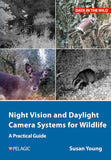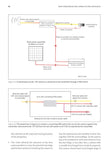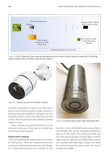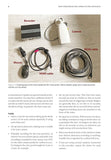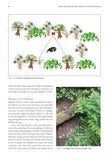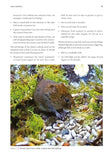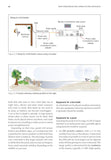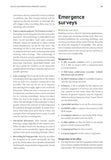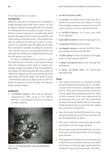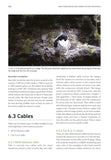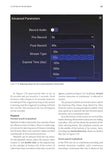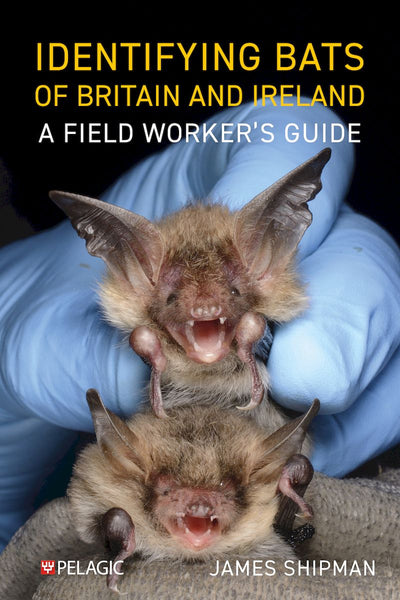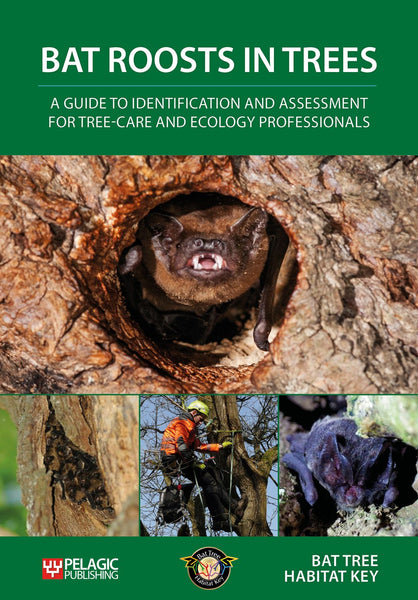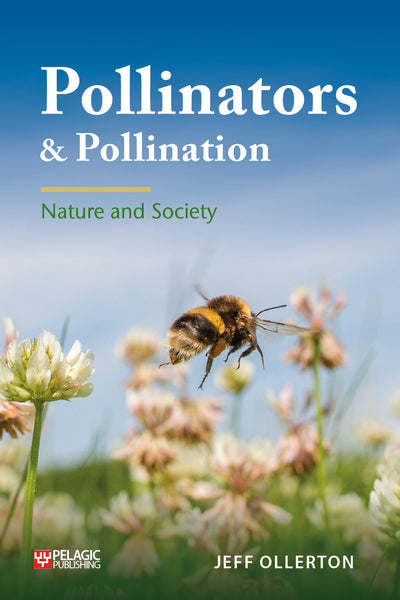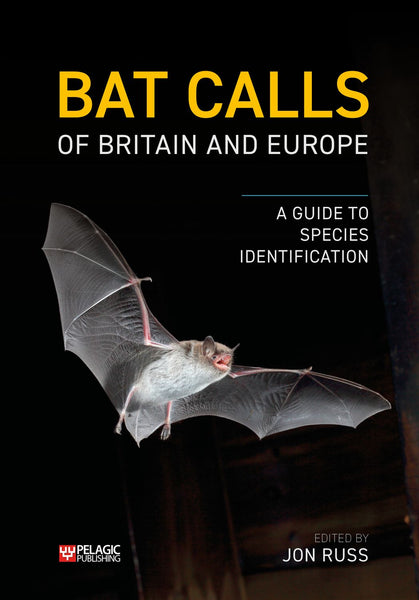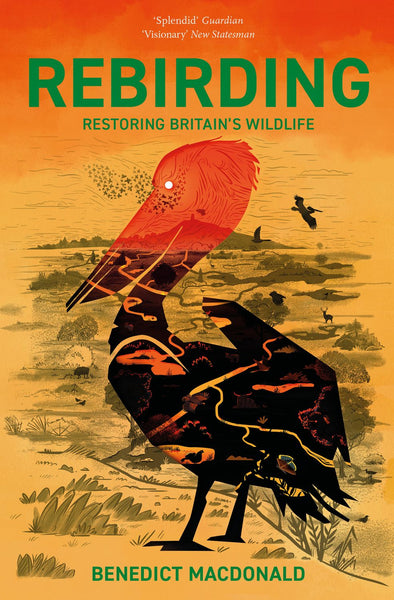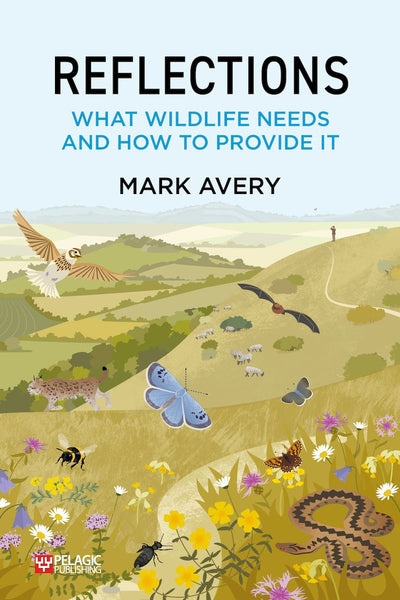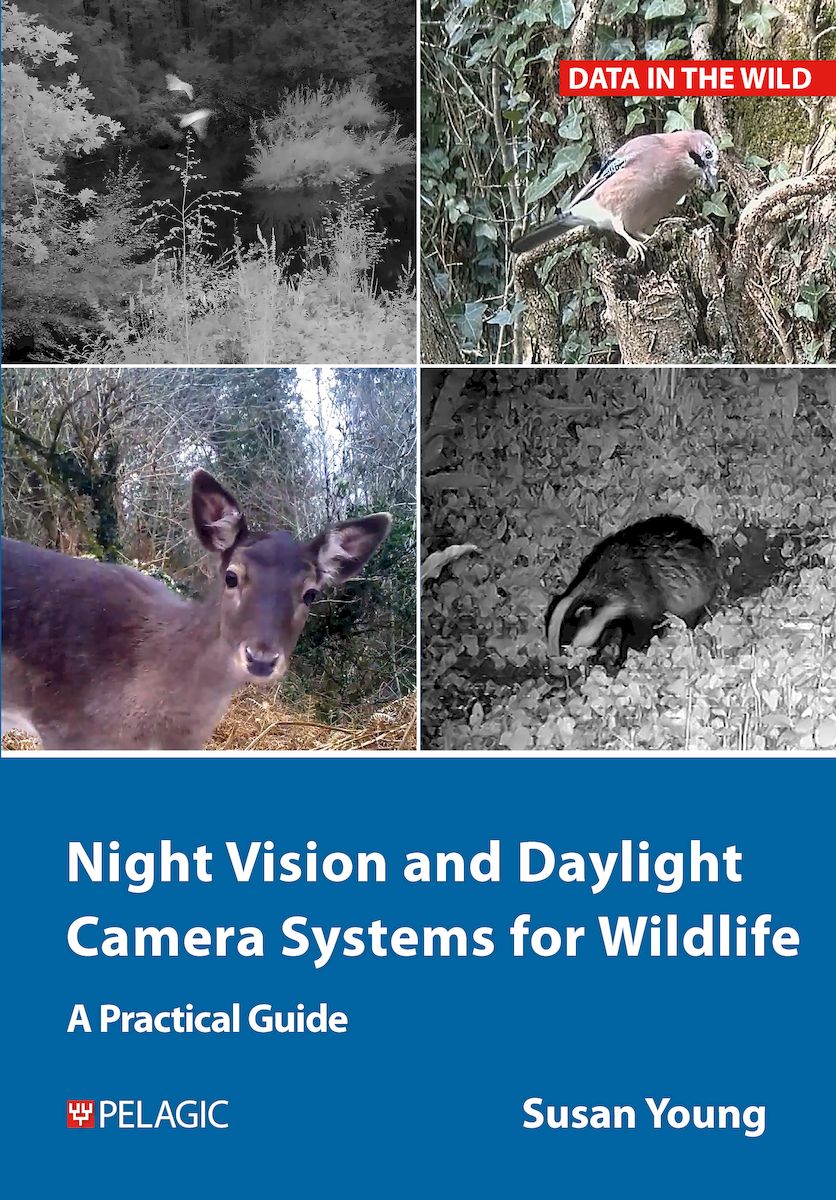
Night Vision and Daylight Camera Systems for Wildlife
A Practical Guide
- Innovative techniques for filming wildlife day or night.
- Create high quality wildlife videos with affordable equipment.
- Contains links to interactive material and useful online videos.
- I’m so excited to see more people embracing wildlife filming with this inspiring resource!
—Fiona Day, Education and Training Officer, Mammal Society
- photography
- wildlife
Description
Only a small proportion of our most interesting wildlife is observed by naturalists. This book describes how, with the use of well-developed and reliable technology, animals can be filmed in a non-intrusive way without disturbing behaviour. Step-by-step, clearly illustrated details lead the reader past technical challenges and allow many new insights.
From bats to badgers, from hedgehogs to deer, whether by night or in the daytime, remote cameras adapted from security systems provide an ideal way to record and monitor behaviour over long periods. At a time when much of our wildlife is fast disappearing from the landscape, the need for more knowledge is especially important. Divided into sections covering different approaches and species groups, this guide offers a variety of unique and valuable tools to aid greater understanding. It will be helpful for anyone who wants to harness the power of technology to increase their understanding of wildlife, from the professional ecologist to the amateur field naturalist or keen wildlife gardener.
DOI: 10.53061/SPJA8168
Table of Contents
Foreword
Preface
Acknowledgements
Abbreviations
Camera systems for wildlife: an overview
Chapter 1: Wildlife enthusiasts
Badgers
Foxes
Small mammals
Deer
Tawny owl
Chapter 2: Public engagement and schools
Small mammal feeding station (schools)
Bird-feeder camera systems (schools)
Ponds/bird baths (schools)
Pond dipping (schools)
Dormouse boxes (public engagement)
Otters (public engagement)
Rockpools (public engagement and schools)
Chapter 3: Ecology and conservation
Bats
Badgers
Deer
Otters and beavers
Small mammal surveys
Birds
Insects
Chapter 4: Research
Great crested newt
Bats
Water voles
Dormice
Remote recording using wireless transmission
Chapter 5: Setting up outside
Introduction
Choice of environment
Mounting options
Recorder parameters
Hints and tips
Chapter 6: Equipment details
6.1 Cameras
6.2 Recorders
6.3 Cables
6.4 Monitors
6.5 Power
6.6 Useful accessories
Chapter 7: Connecting and setting up equipment
7.1 The equipment from a connection standpoint
7.2 Connecting it all up
7.3 Setting up the recorder
7.4 Connecting to the internet
7.5 Video conversion and editing
7.6 Wildlife protocols
Appendices
A1 Connector details
A2 Power calculations
A3 Other night vision cameras
References
Index
Reviews
- Susan's book is a truly practical guide—packed with invaluable information yet delivered in clear, easy-to-follow instructions. With tailored sections for different users, there’s something for everyone. As an environmental educator, I’m so excited to see more people embracing wildlife filming with this inspiring resource!
—Fiona Day, Education and Training Officer, Mammal Society - This book will be an invaluable addition to anyone attempting to navigate the world of technology to identify, survey and monitor wildlife. The step-by-step instructions with clear diagrams makes setting up equipment in any environment simple, with hints and tips throughout on equipment choices, location considerations and analysis shortcuts ensuring even the most technophobic of ecologists will be empowered to explore using such equipment.
—Dr Merryl Gelling, Spires Ecology - This is a book which you definitely need if you want to get the best out of using camera traps... the ideal guide.
—John Miles, birdwatching.co.uk - The tools and systems introduced in this book are available to us all... As a nature lover, I relish the thought of the wildlife stories that will be revealed through the use of these techniques... As a conservationist, I am excited to think what insights may be gained to steer conservation and scientific research. Happy film-making!
—Matt Larsen-Daw, Mammal News - It is rare to find a practical guide that is as practical as this one. The book is aimed at a wide range of interests and provides detailed instructions for specific species... Anyone who has spent years of their life observing the behaviour of certain species of birds (e.g. tits) in nest boxes would have loved to receive the advice generously offered in this book.
—Bruno Massa, The Sicilian Naturalist - ...ideal for those who want to up their game.
—Keith Betton, Birdwatch - ...a timely and practical guide... Young’s writing is clear, concise, and rooted in hands-on experience. Her background in field research and photography is evident throughout the book, lending credibility and reliability to the guidance she offers.
—Letizia Campioni, Avocetta
About the Author
Susan Young is a photographer and writer living in South Devon. She gives wildlife photography courses, and has had numerous photographic exhibitions, as well as publishing various articles and books – including Wildlife Photography Fieldcraft. She now carries out research with Natural England, the Woodland Trust and the Mammal Society on the use of remote cameras to monitor wildlife.
Bibliographic Information
 192 pages
192 pages - 193 colour illustrations
- BISAC PHO018000, SCI020000, COM021000
- BIC AJR, PSAF, UNC






